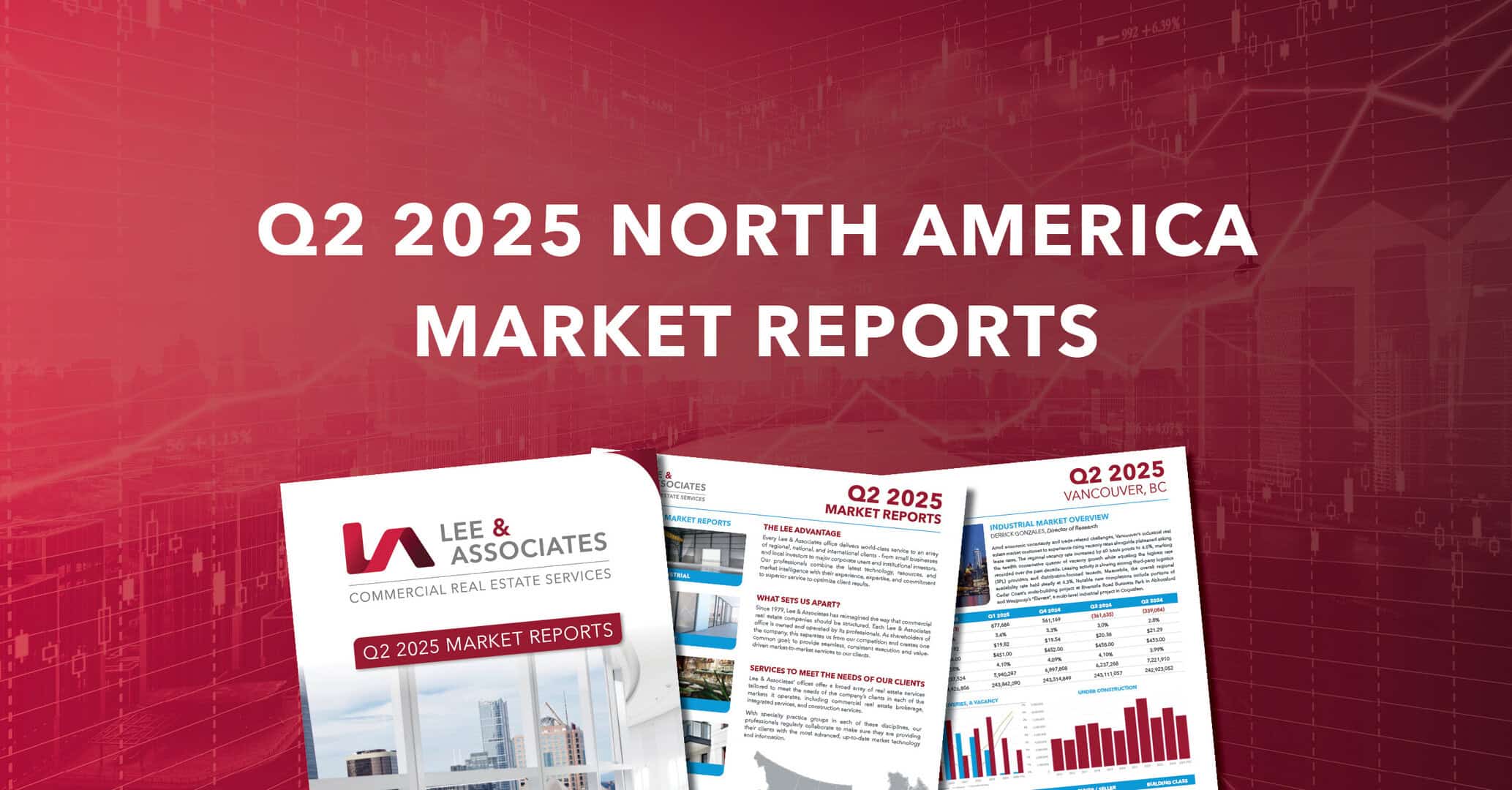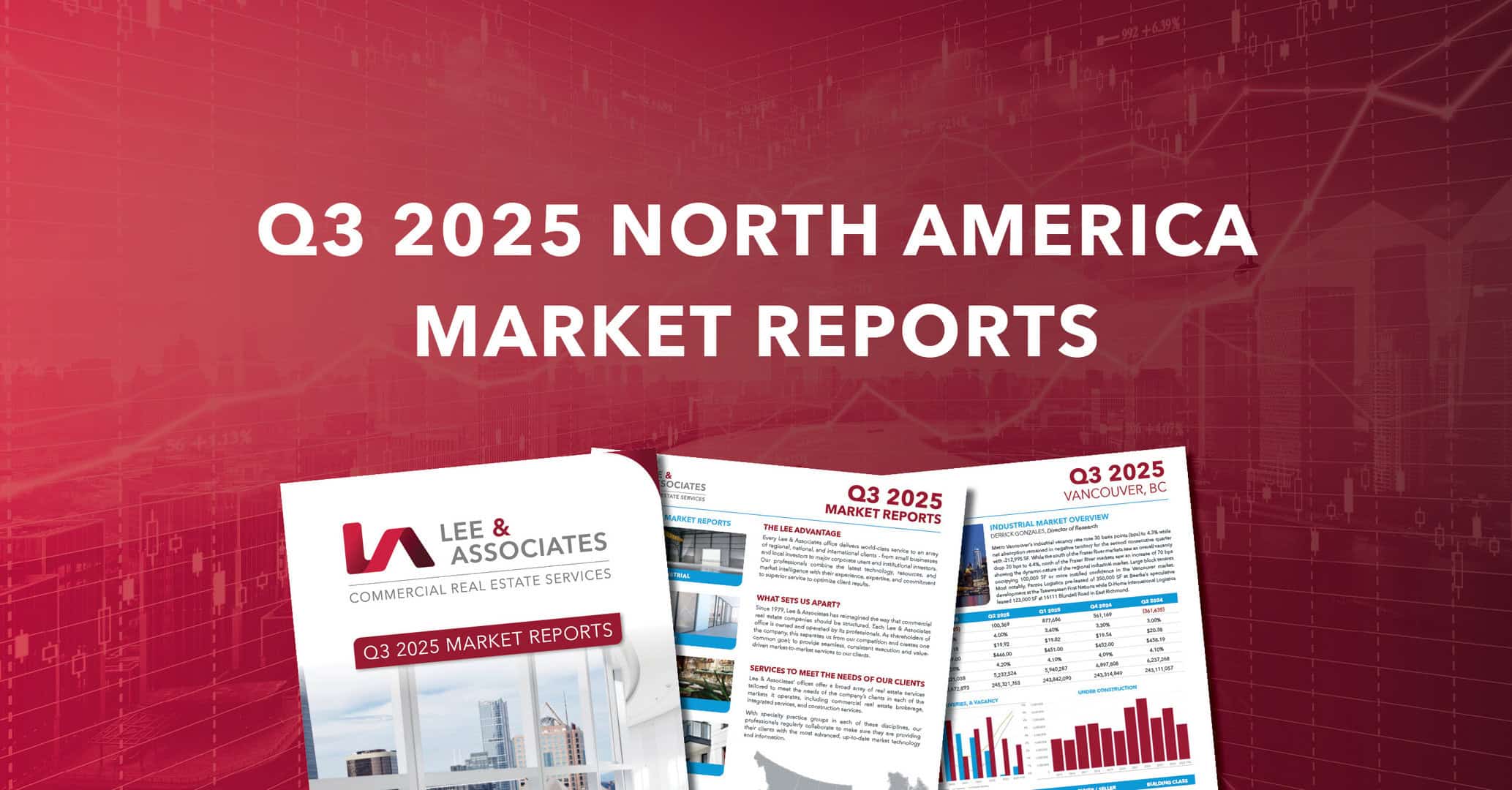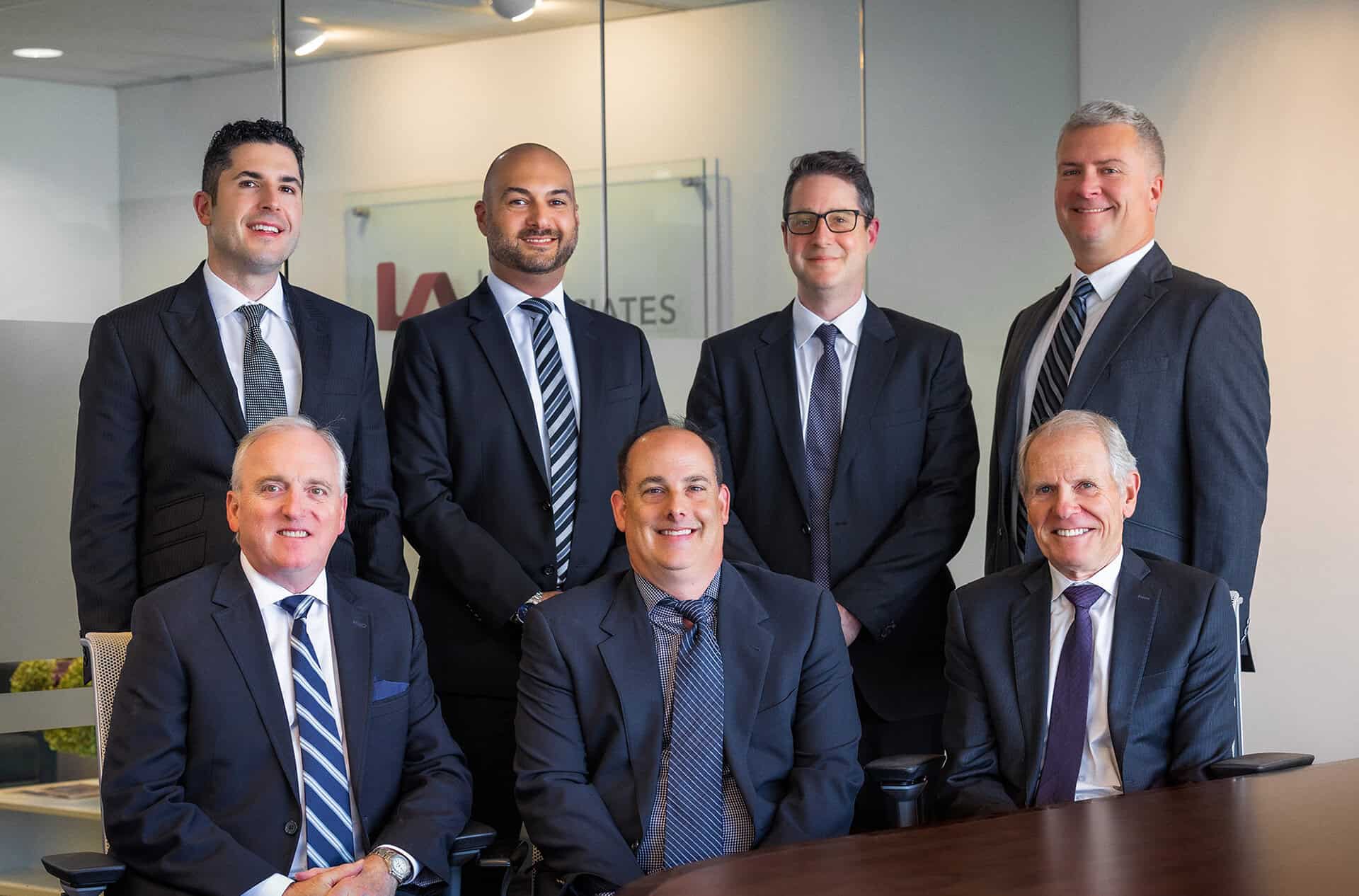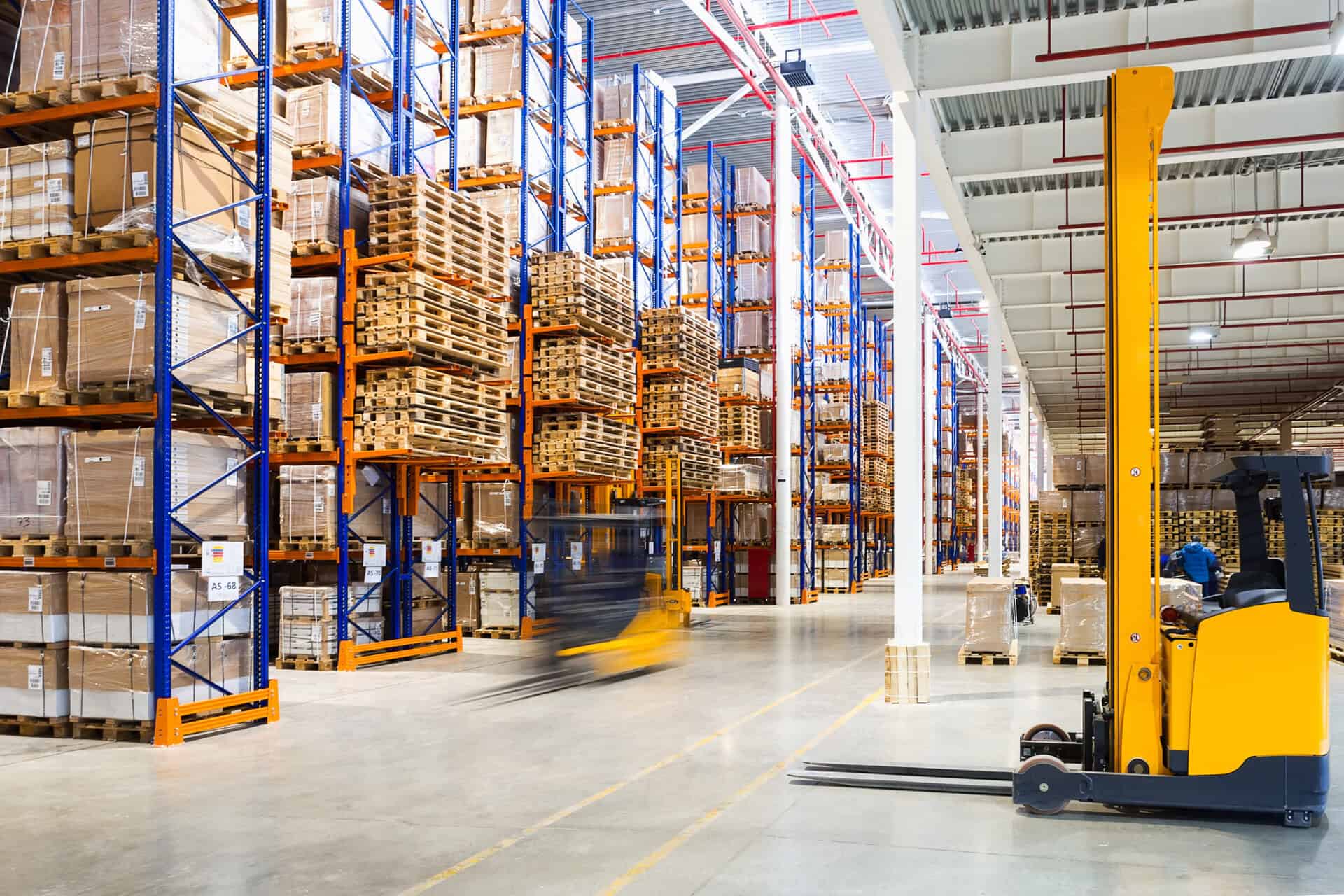Metro Vancouver Industrial Market
Amid economic uncertainty and trade-related challenges, Vancouver’s industrial real estate market continues to experience rising vacancy rates alongside plateaued asking lease rates. The regional vacancy rate increased by 60 basis points to 4.0%, marking the twelfth consecutive quarter of vacancy growth while equaling the highest rate recorded over the past decade. After two quarters of positive absorption, the Vancouver industrial market experienced relatively slower leasing activity coupled with new vacancies, bringing the quarterly figure back to negative figures.
The Greater Vancouver submarkets experienced negative absorption at -310,000 square feet, while the Fraser Valley experienced overall positive absorption at 109,255 square feet. Looking closer, Surrey accounted for the bulk of the positive market activity with 303,098 square feet of positive absorption, while Delta and Abbotsford combined for nearly -380,000 square feet.
Leasing activity is slowing among third-party logistics (3PL) providers and distribution-focused tenants. Meanwhile, the overall regional availability rate held steady at 6.3%. New supply pipeline continues to deliver with expected completions slated for the second half of the year. Notable new completions include portions of Cedar Coast’s multi-building project at Riverside Road Business Park in Abbotsford and Wesgroup’s Elevate, a multi-level industrial project in Coquitlam.
Metro Vancouver Retail Market
The Vancouver Retail landscape continues to see momentous change. Most notably, the bankruptcy and subsequent nationwide closure of the Hudson’s Bay Company affected seven major regional shopping malls, as well as the flagship downtown location, which remains vacant as of mid-June. Financial struggles and declining store traffic led to its eventual closure. The large department store’s retail footprint ranges between 120,000 to 175,000 square feet and accounts for 10 to 20% of the average shopping centre’s gross leasable area.
Conversely, two years since its closure, the former Nordstrom space at CF Pacific Centre will be divided into four future retail units. This will greatly shape the retail fabric of downtown Vancouver – retailers such as Nordstrom and the Hudson’s Bay Company leave behind large blocks of vacant space, creating future opportunities for new and existing tenants to improve their Vancouver presence.
Grocery-anchored shopping centers continue to attract investors and drive retail investment activity. In the Fraser Valley, Finix Holdings purchased Cottonwood Centre at 45585 Luckakuck Way, a multi-property grocery-anchored shopping centre from joint-owners PCI Developments, Nicola Wealth, and Northland Properties for $115,000,000, or $450 per square foot. This signals investors’ strategic appetite for grocery-anchored properties in the region’s growing municipalities.
On the redevelopment front, residential construction continues to appear on former enclosed shopping mall sites. Several mixed-use development projects are in various stages of the redevelopment cycle. The most recent example being Shape Properties’ The Amazing Brentwood, which transformed the former enclosed shopping centre into an open-air lifestyle centre. Similar type of developments in Burnaby includes Onni’s Gilmore Place and Shape Properties’ other Burnaby project at the City of Lougheed.
Metro Vancouver Office Market
Metro Vancouver’s office market has remained stable as the vacancy rate held at 9.7% this quarter, increasing just by 60 basis points quarter-over-quarter (QoQ). The Downtown core vacancy remained high at 12.2%, increasing by 50 basis points QoQ. The rise was partly due to the delivery of new office projects, which added to the market’s overall supply. Even as vacancy stays high, demand for premium office space remains strong. A key example is Oxford Properties’ recent acquisition of CPP Investments’ 50% stake in four Vancouver office towers, giving them full ownership. The portfolio includes The Stack, Guinness Tower, Marine Building and MNP Tower, which were constructed after 2013 and are considered trophy assets. The deal reflects Oxford’s confidence in the long-term value of Vancouver’s top-tier office market.
Sublease activity continues to decrease, as it accounts for 18.7% of total available space, down from 19.6% QoQ. This decline is mostly due to sublease terms expiring, with spaces returning back to landlords as headlease space.
Stay up to date – to receive our market insight as soon as they become available, subscribe here.



